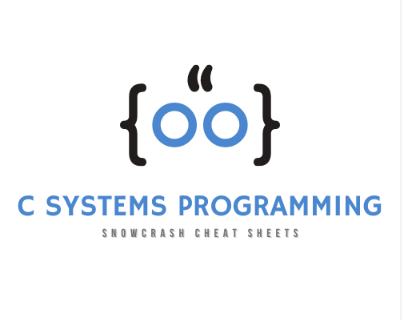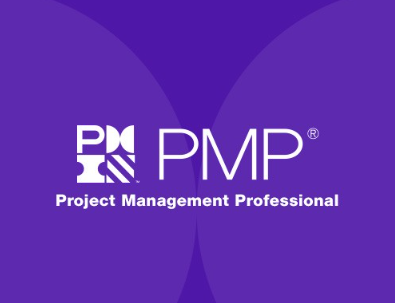A Systems Programming Course builds the foundation for long-term career stability. Learn essential skills that keep you in high demand.
Foundations in a Systems Programming Course
A Systems Programming Course explores how software interacts with hardware directly. This area covers operating system basics, including process management and resource allocation. Students examine concepts like virtual memory and scheduling algorithms. These topics form the backbone of efficient computing environments. A Programming Course provides initial exposure to variables and control structures. In contrast, a Systems Programming Course advances to assembly instructions and compiler internals. Learners practice with tools such as makefiles for building kernel components. This hands-on approach reveals how code translates to machine execution. Debugging at this level involves tools like strace for system call tracing. Such skills help in identifying performance issues early. A Programming Course builds logical thinking step by step. A Systems Programming Course applies it to real-world constraints, like limited stack space. Participants often simulate interrupts to understand event handling. This prepares for scenarios where timing matters in applications.
Key Topics Covered in a Systems Programming Course
Within a Systems Programming Course, file systems receive detailed attention. Concepts include inodes and directory structures for data organization. Students implement basic journaling to ensure data integrity during failures. A Programming Course might touch on file I/O briefly. Here, it deepens into buffered versus direct access methods. Networking enters through protocol stacks, starting with TCP handshakes. Coding socket APIs allows creation of simple servers. This knowledge aids in understanding latency in distributed setups. A Systems Programming Course also addresses security primitives, like access control lists. Learners explore privilege escalation risks in user-space code. Concurrency models, such as semaphores, prevent data corruption in multi-process setups. A Programming Course reinforces syntax for loops and functions. These evolve into atomic operations for thread safety. Case examples from Unix-like systems illustrate practical implementations. Overall, the course balances theory with verifiable experiments.
Hands-On Projects in a Systems Programming Course
Projects in a Systems Programming Course emphasize practical application. One common task involves crafting a user-mode driver for virtual devices. This requires interfacing with ioctl commands for control. A Programming Course lays groundwork with modular code design. In systems work, it extends to handling hardware interrupts cleanly. Another project might develop a lightweight shell with pipe support. This demonstrates process forking and signal propagation. Participants debug using valgrind to spot memory leaks. Such exercises highlight trade-offs in design choices. A Systems Programming Course includes group efforts on shared libraries. Versioning with dynamic linking teaches dependency management. Testing across architectures reveals portability challenges. A Programming Course encourages iterative refinement. At systems level, it focuses on benchmarks for throughput. Graduates gain artifacts for portfolios, like a custom allocator. These showcase problem-solving in constrained environments.
Challenges and Solutions in a Systems Programming Course
A Systems Programming Course naturally involves tackling undefined behaviors in C code. Issues like dangling pointers demand careful analysis with static checkers. Instructors introduce sanitizers to catch runtime errors swiftly. A Programming Course deals with syntax mistakes first. Systems complexity adds layers, such as race detectors for parallel code. Time allocation for labs helps manage workload. Collaborative debugging sessions build troubleshooting teams. A Systems Programming Course stresses documentation for reproducible builds. Tools like cmake streamline cross-compilation setups. Hardware emulation via QEMU simulates diverse platforms. This avoids real-device dependencies during learning. A Programming Course fosters basic error logging. Advanced logging with syslog integration follows. Overcoming these hurdles enhances code reliability instincts. Reflection on failures turns them into shared class insights.
Career Relevance of a Systems Programming Course
Skills from a Systems Programming Course align with roles in firmware development. Expertise in bootloaders supports embedded device work. A Programming Course opens general coding doors. Systems depth suits positions involving OS customization. Knowledge of modules aids in extending platforms like Linux. Versatility appears in areas from IoT to cloud kernels. Networking during coursework connects with industry professionals. A Systems Programming Course promotes open-source engagement. Contributing patches hones collaborative workflows. Ongoing exploration of topics like real-time scheduling sustains growth. A Programming Course instills coding discipline. This persists in professional routines. Stability emerges from versatile technical foundations. Fulfillment arises in resolving systemic puzzles that impact users broadly.
Integrating Lessons from a Systems Programming Course
After a Systems Programming Course, habits like proactive profiling integrate into workflows. Tools such as perf monitor execution hotspots. A Programming Course teaches clean interfaces. Systems insights refine them for scalability. In teams, suggesting lock-free structures improves designs. Code reviews benefit from shared systems rationale. A Systems Programming Course values inline assembly judiciously. Applying it sparingly boosts legacy code maintenance. Personal projects, like a minimal OS, reinforce concepts. A Programming Course principles guide experimentation. Community involvement, via forums, clarifies edge cases. Tracking hardware evolutions informs adaptive coding. This ongoing practice maintains relevance in dynamic fields.
Lasting Impact of a Systems Programming Course
Finishing a Systems Programming Course solidifies core computing understanding. It shifts views from surface-level apps to underlying mechanisms. A Programming Course marks the start of technical journeys. Systems completion equips for layered architectures. Discussions on ethics, like secure defaults, add depth. A Systems Programming Course sparks interest in adjacent areas, such as formal verification. Habits of thorough testing endure. This framework supports evolving tech landscapes. Peers often revisit notes for quick references. The experience cultivates a grounded approach to innovation.




